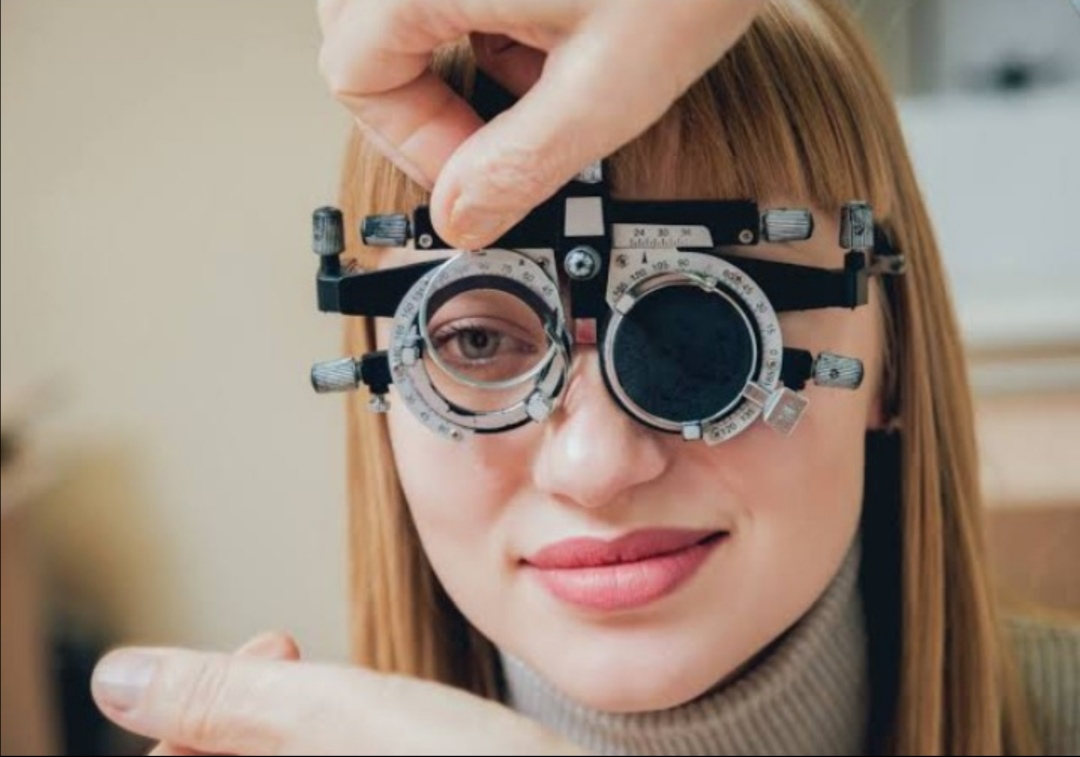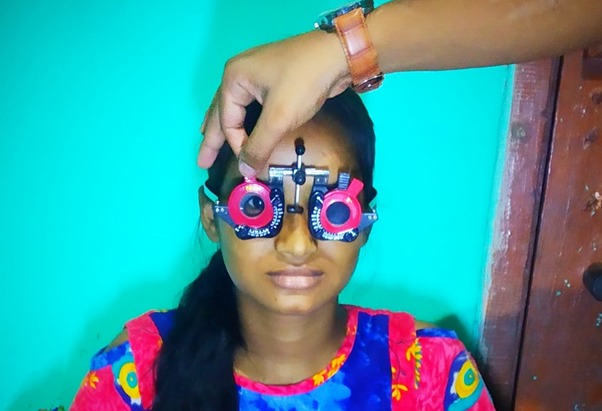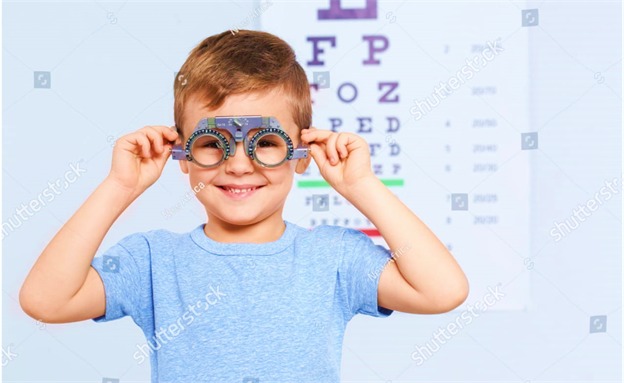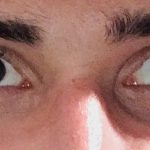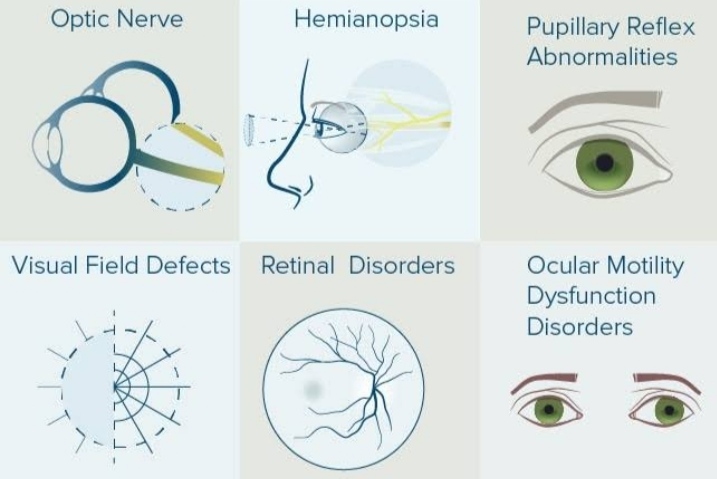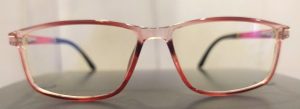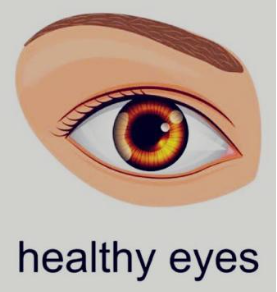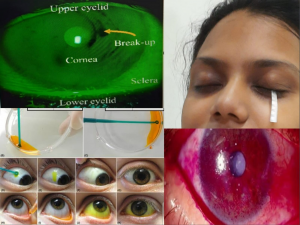As an eye care professionals whenever we here the term anisometropia then it’s really a troublesome condition for us. It can be a result of dissimilar refractive condition of the eye or it can be associated with other ocular problematic condition.
So if we look at the definition of Anisometropia it states that it is a condition when the refractive error of eye is differ from the other eye. Usually when the difference is more than 1.00D then it is considered as Anisometropia, e.g. OD: +6.00DS, OS: +1.75DS.
Similarly if the amounts of total refractive error in both eyes are equal then it is called Isometropia and if the refractive condition in one eye is hyperopic and other eye is myopic then it is termed as Animetropia.
So here we are going to discuss about the problems with anisometropia. Usually this condition may occur when the refractive statuses of the two eyes are differing from each other and sometimes it may be associated with other ocular abnormalities. So as an optometrist we have to be extra careful while checking and dispensing to these patients.
Anisometropia associated with amblyopia: As we all know that Amblyopia or lazy eye is a condition when the one or two eyes cannot get the normal visual acuity even after the proper refraction procedure. It is difficult to diagnose Anisometropic Amblyopia properly and also anisometropia is one of the major causes for amblyopia. That’s why before dispensing for a patient we have to concider the patient may already develop a amblyopic or strabismic condition. In that case we have to start the therapy for amblyopia as well as we have to record the patient age with refractive power and Visual acuity it will be useful for further investigations. Otherwise in case of uncorrected condition it can be result into Binocular Dysfunctions.
Effects of Anisometropia in Steropsis:- Anisometropia also effects the stereopsis as due to monocular reduction in visual acuity it causes anisokonia for monocular magnification and for this the two monocular images become out of phase. It can be measured with the help of Titmus stereotest.
Effects of Anisometropia on Binocularity: Binocular vision is major aspect in human visual system. The present of Anisometropia can be effect on development of Binocular vision although in case of presence of little amount of Anisometropia thus not hammer too much in development of Binocular Single Vision. And in case of presence of high degree of refractive error in one eye the eye gets suppressed gradually and develops an anisometropic amblyopic condition and in this condition the patient may has to be depend on uniocular vision.
So by this process it is clearly understood that the present of a high degree of anisometropia leads to Defect in Binocular Vision. Steroacuity will be also become weaker with increasing of the amount of Anisometropia and as the steroacuity is also related with the strength of fusion by this way the fusional power also starts decreasing. This kind of patient can be diagnosed with the help of the TNO stereotest.
Similarly in case of one eye emmetropic and other eye myopic or one emmetropic and other eye hypermetropic patients sometimes they can adjust by using the myopic eye for the near or the Hypermetropic eye for the distance or by using the emmetropic eye for distance and near purpose by this way this patients usually make their vision comfortable. And sometimes and Diplopic vision and development of squint can also occur.
So after the clinical aspect now we are going to discuss a little bit about the patient experience with anisometropia before visiting the clinic.
The signs of Anisometropia:
- Dimness of Vision- Due to presence of uncorrected refractive error the patient will definitely have defective Visual Acuity.
- Presence of Tropia or Phoria- A patient with a latent and manifest squint will be definitely a case of Anisometropia.
The symptoms of Anisometropia:
- Headaches
- Eyestain
- Nausea
- Dizziness
- Tiredness

